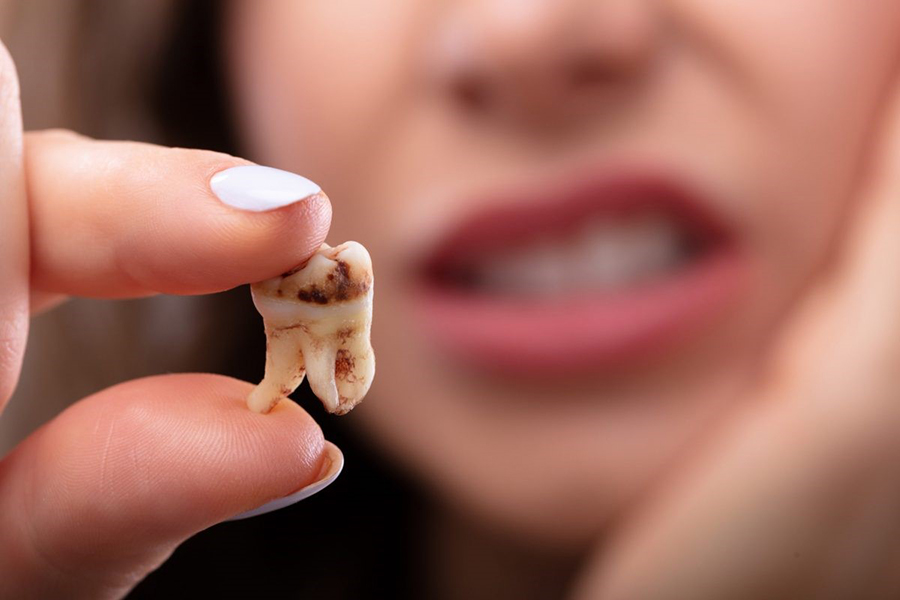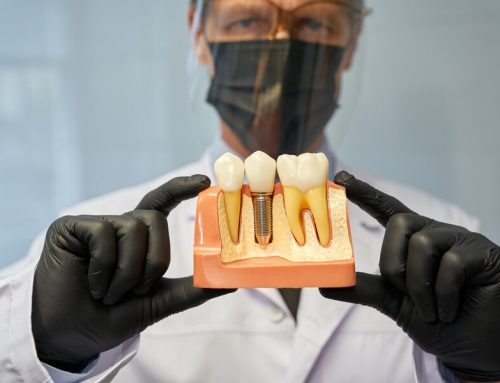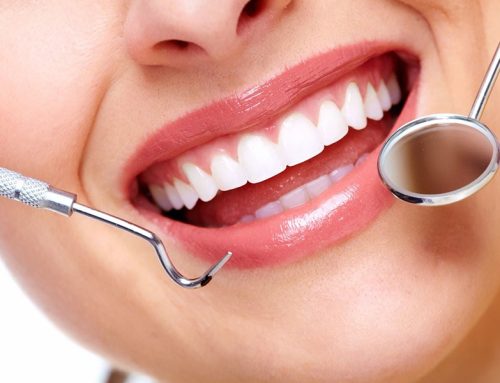Wisdom Teeth: The Third Molar That Reflects Human Evolution
Wisdom teeth, the third set of molars, showcase the evolutionary changes humans have undergone throughout history. These teeth typically emerge between the ages of 16 and 25, which is why they are called “wisdom teeth.” If your wisdom teeth have grown in and you’re wondering when they should be extracted, this article will guide you. Here, we’ll explore why wisdom teeth grow, the right time to remove them, and the signs indicating a need for dental intervention.
Why Do Wisdom Teeth Grow?
In ancient times, humans needed more teeth to chew tough, raw foods. Larger, stronger jaws allowed them to grind plants, roots, and raw meat with ease. Studies of early human skulls reveal that they had three molars in each jaw quadrant (12 in total), which were crucial for meeting dietary needs and aiding the chewing process.
Over time, as human lifestyles evolved, dietary habits changed significantly. People gradually shifted toward softer, more digestible foods, reducing the need for large jaws and extra teeth. Consequently, human jaws shrank over generations, and wisdom teeth—once essential—lost their functionality.
Today, wisdom teeth often grow in conditions where there isn’t enough space in the jaw. This lack of space can lead to impaction, where the tooth doesn’t fully emerge, potentially tilting toward adjacent teeth and causing pressure. This condition can result in infections, gum inflammation, and other dental issues.
The failure of wisdom teeth to grow properly may depend on factors like genetics, jaw size, and overall dental health. Individuals with smaller jaws are more likely to experience impacted wisdom teeth.
At What Age Do Wisdom Teeth Emerge?
These teeth usually appear between the ages of 17 and 25, a period when individuals transition into adulthood and undergo various bodily changes. During adolescence, particularly between 12 and 14 years old, wisdom teeth may show early signs of growth. However, their full development is a gradual process. At this stage, the roots are not fully formed, making extraction easier, quicker, and more efficient if needed. Generally, removing wisdom teeth at a younger age results in fewer complications than extraction later in life, as jaw structures and roots are less developed and less complex.
Healing After Wisdom Tooth Extraction
After extraction, a healing process begins, which usually takes time and depends on various factors. This process, known as socket healing, is lengthier for wisdom teeth because they are the largest molars and located deep in the jaw.
It typically takes about six months for the socket to fully heal and close. This timeframe can vary based on factors like the tooth’s condition, extraction method, impaction status, and the patient’s overall health. Infections or other complications may prolong recovery.
During this phase, the jawbone must regenerate, requiring new bone formation. Some individuals may need anti-inflammatory or pain-relief medications to manage discomfort. Dentists often recommend soft foods and avoiding strenuous physical activity for post-extraction care.
When Should You Extract Your Wisdom Teeth?
Wisdom teeth, also called third molars, often cause problems due to their position and inaccessibility. In many cases, their growth is accompanied by pain and discomfort. If you experience pain in your wisdom teeth, extraction may be necessary—but pain isn’t the only indicator. Below are conditions and signs that necessitate removal:
1. Pain
Pain from wisdom tooth growth is one of the most obvious signs for extraction. This pain can be sudden and severe, often accompanied by gum swelling. The tooth may be trying to erupt, creating pressure and discomfort.
2. Frequent Infections
If a wisdom tooth doesn’t fully emerge or grows at an awkward angle, it can cause recurring infections in the surrounding soft tissue. Bacteria buildup and hygiene challenges in this area contribute to infections. In such cases, dentists often recommend extraction to prevent the infection from spreading.
3. Dental Cysts and Oral Tumors
Cysts around wisdom teeth are another clear sign for removal. These cysts, caused by chronic infections or abnormal pressure on soft tissues, can develop into benign or malignant tumors. Immediate dental consultation is crucial if a cyst is detected.
4. Damage to Adjacent Teeth
Wisdom teeth can harm neighboring teeth. If they tilt due to jaw crowding, they may displace, decay, or even fracture adjacent teeth. Extraction is often the only solution to preserve surrounding dental health.
5. Tooth Decay and Gum Disease
Maintaining hygiene around wisdom teeth is difficult, especially if they grow abnormally. As a result, decay and gum disease are common. If signs of decay or gum inflammation appear, extraction can prevent further complications.
Diagnosis and Extraction
Dentists typically use X-rays to determine the exact position and growth angle of wisdom teeth. If a tooth is impacted or misaligned, careful planning is required to avoid damaging nearby teeth. Surgical extraction (lasting 1–3 hours) may be necessary for impacted teeth.
Extraction is easier in early adulthood (17–25 years). With age, jawbones harden, making removal more complex and recovery longer.
Risks of Not Extracting Wisdom Teeth
Wisdom teeth often don’t grow properly due to lack of space. If left untreated, they can cause serious complications, including:
-
Toothache
-
Jaw pain while chewing
-
Swelling in the jaw, gums, or cheeks
-
Teeth misalignment due to pressure
-
Decay or damage to adjacent teeth
Potential Post-Extraction Complications
While wisdom tooth extraction is generally safe, complications can occur:
Common Side Effects
-
Mild pain
-
Gum swelling
-
Minor bleeding
-
Temporary numbness
-
Difficulty chewing
Serious Complications (Rare)
-
Prolonged bleeding
-
Permanent numbness (nerve damage)
-
Jaw fracture
-
Damage to nearby teeth
-
Sinus perforation (upper jaw extractions)
Choosing an experienced dentist and reputable clinic minimizes risks. Proper aftercare and hygiene are crucial for smooth recovery.
How Long Does Pain Last After Extraction?
Pain typically peaks in the first few days and subsides within 3–4 days. Swelling and tenderness may persist briefly. Painkillers and cold compresses help manage discomfort.
Post-Extraction Care
-
Rest: Avoid strenuous activity for the first 24 hours.
-
Medication: Take prescribed painkillers and antibiotics.
-
Bleeding Control: Bite on gauze to stop bleeding.
-
Diet: Eat soft, lukewarm foods (soup, yogurt, mashed potatoes).
-
Cold Compress: Apply to reduce swelling.
-
Avoid:
-
Straws (suction disrupts clotting)
-
Spitting or rinsing (first 24 hours)
-
Alcohol-based mouthwash
-
Hard or crunchy foods
-
Smoking
-
Final Thoughts
Wisdom teeth are a relic of human evolution but now pose significant dental challenges. Recognizing symptoms and timely extraction can prevent serious issues. Regular dental check-ups in early adulthood help manage these teeth effectively. If extraction is needed, choose a skilled dentist and well-equipped clinic for the best outcome.







Leave A Comment